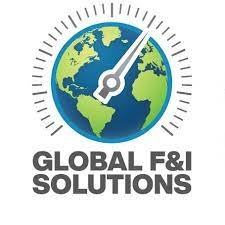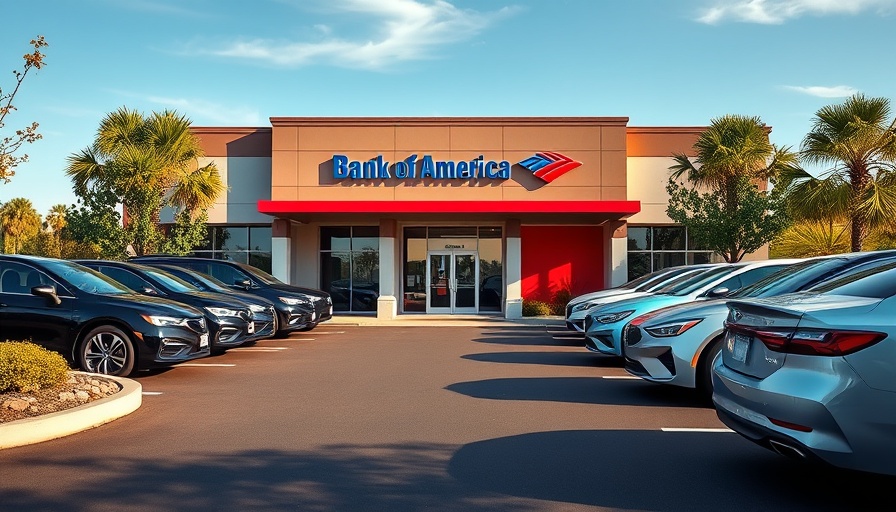
Rising Costs of New Vehicles: The Tariff Influence
In April, the average transaction price (ATP) for new vehicles surged to an alarming $48,699, marking a 2.5% increase from the previous month, as detailed by Cox Automotive's Kelley Blue Book. This spike significantly surpasses the historical monthly average gain of 1.1%, a trend only overshadowed by a similar jump during the pandemic in April 2020.
Year-Over-Year Trends: A Mixed Bag
While the year-over-year ATP increase was relatively mild at 1.1%, it remains below the long-term trend of 3% annual price growth. Analysts attribute the stagnation partly to a stabilization of vehicle inventory since 2023. However, the sudden month-over-month increase raises concerns about the long-term inflation impacts driven by recently imposed tariffs. Erin Keating, Executive Analyst at Cox Automotive, highlights the direct link between auto tariffs announced just days ago and the rising costs of new cars.
Consumer Behavior Amid Price Hikes
Despite the escalating prices, consumer enthusiasm remains high, with a seasonally adjusted annual rate of 17.3 million units sold in April—an impressive figure not seen since 2021. Even with the financial pinch reflected in new vehicle prices, consumers are eager to make purchases, indicating potentially resilient demand in the automotive market.
The Electric Vehicle Sector: Resistance or Resilience?
Electric vehicles (EVs) specifically saw their ATP reach $59,255 in April. Interestingly, the month-over-month change in prices was minor at just 0.2%, yet year-over-year prices climbed by 3.7%. Incentives for EVs, historically a tool for making these vehicles more attainable, also dropped to 11.6% of ATP in April, the second month of decline. This trend indicates a broader decline in sales incentives across the automotive industry, reflecting potentially tightening budgets for manufacturers.
What Should Consumers Know About Financing?
As vehicles become less affordable, understanding financing becomes crucial. Prospective buyers should explore used car financing options, where interest rates can vary widely. Current rates for used cars are essential to consider for those looking to navigate rising new vehicle costs. Car buyers may want to use an auto loan calculator to get a clearer picture of their potential payments, particularly as interest rates fluctuate.
What’s Next? Predictions for the Automotive Market
Looking ahead, the ongoing volatility in the automotive market will likely continue to be influenced by external economic factors, such as tariffs and interest rates. Consumers should monitor not just the prices of new vehicles but also the financing landscape for used cars, as shifting rates can greatly affect final purchase costs.
Conclusion: Stay Informed and Take Action
With new vehicle affordability facing challenges from rising costs and decreasing incentives, it’s essential for consumers to stay informed. If considering a vehicle purchase, explore the best rates for used car financing today. Knowing your financing options could save you money amidst changing market conditions.
 Add Row
Add Row  Add
Add 




Write A Comment